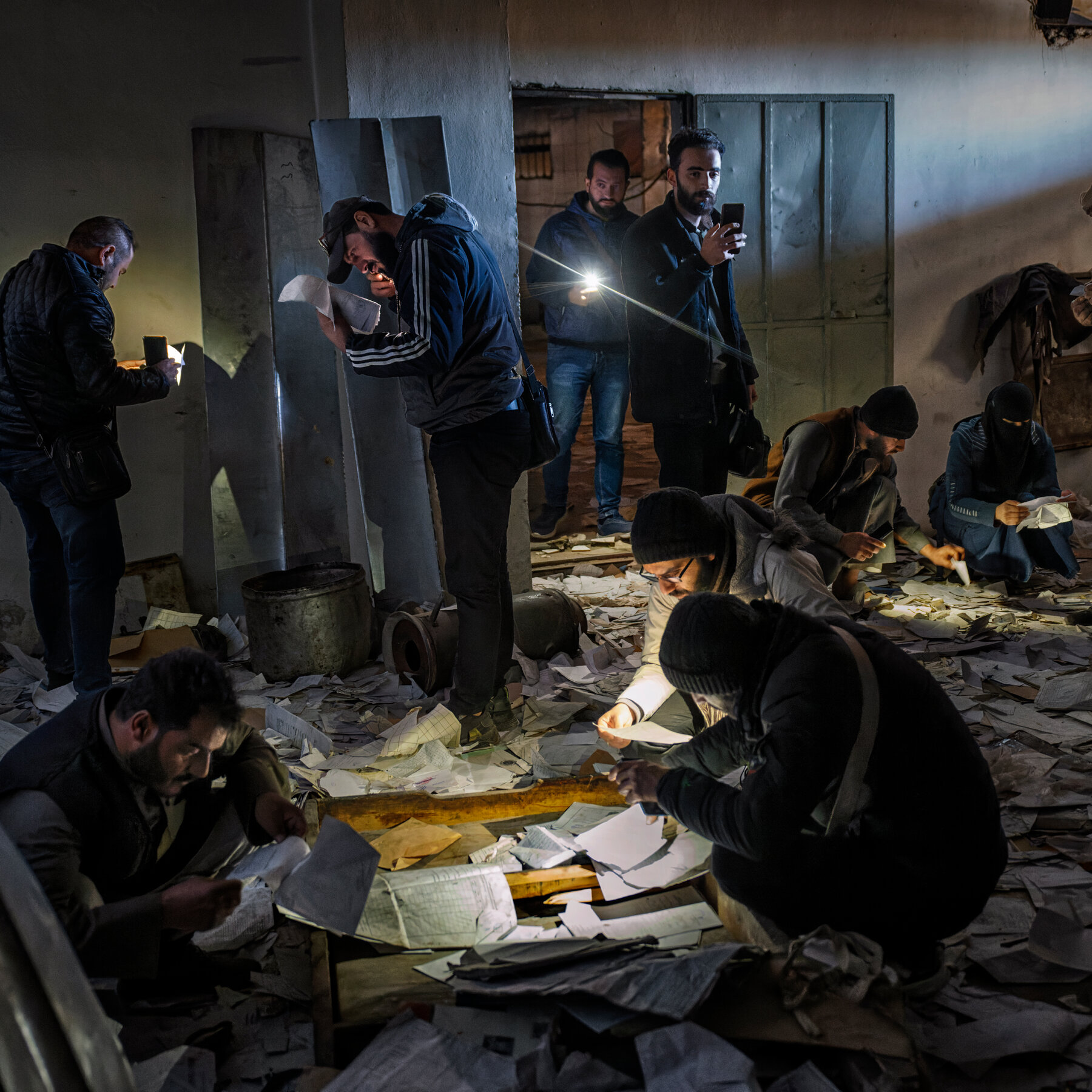
President Trump leans forward in a limousine, takes a long puff from a cigarette and flashes a wide grin. An aggressive rap song blasts over the stereo as a group of young women bob around him.
No one would mistake the otherworldly scene for reality — and they shouldn’t, because it was made by artificial intelligence. Yet it caused a stir when it was released online last year, skewering Mr. Trump, former Vice President Kamala Harris and others using lifelike A.I. replicas, soaring to more than 16 million views on YouTube.
It was the biggest hit yet by the Dor Brothers, a video production studio that has gained notoriety online — along with more than 100 million views across platforms — by fully embracing A.I.
The studio is now among the most popular A.I.-powered artists on the internet for its roster of subversive videos released on YouTube and then circulated rapidly across social media, which are made entirely by A.I. tools. It said its revenue crossed $1 million last year for its commercial projects, including consulting work for brands that are increasingly curious about A.I. Joe Rogan, the world’s most popular podcaster, called the studio’s work “incredible.”
Its videos have attracted plenty of criticism, too, with some viewers dismissing the work as “A.I. slop.” Rival A.I. studios have made work with clearer commercial appeal — like one studio that made a Toys “R” Us commercial last year — while others have made short films that rival Hollywood productions, including a gripping retelling of a Ukrainian drone strike that Variety compared to “Mission: Impossible.”
The Dor Brothers and other so-called A.I. artists are part of an explosive new era for video — one that wants to do away with the cameras, set designers, makeup artists and even actors who have long been essential for films and television shows. Within the next few years, they expect the tools will give any artists with a vision and a keyboard the power to make whatever videos they can imagine.
“It’s obvious, things are shifting and changing,” Yonatan Dor, the 28-year-old head of the studio, said in an interview from Lisbon. “We need to adapt as a species to the technology.”
Many artists loathe A.I.-powered image generators and video creators, saying they produce cheap imitations of art by plagiarizing the copyrighted material the machines are trained on. (The New York Times has sued OpenAI, the maker of ChatGPT, for copyright infringement.)
A.I. artists like Mr. Dor argue that the tools are actually a purer form of expression, offering the most direct link between the artist’s brain and the end result, without the compromises required in large productions or the constraints that come with complex shoots.
“The only thing that will matter is creative ideas, unique ideas, unique creators,” Mr. Dor said about the future of A.I. video. “The rest will be irrelevant.”
There are signs that the art world is catching up to the A.I. boom. Runway, an A.I. video company, held its third annual film festival this year at New York City’s Lincoln Center, assembling a jury of film industry veterans. The Dor Brothers’ work may seem juvenile in comparison: This year’s winning entry offered a mesmerizing essay on the nature of art itself, called “Total Pixel Space.” Everything from the video to the transfixing narration was made by A.I.
“If you count the amount of people making professional feature films that are exhibiting at, like, the Lincoln Center, it’s not that many,” Cristóbal Valenzuela, the chief executive of Runway, said in an interview. “I think we’re getting to a point where there’s going to be way more people, like billions of people, who are able to do that.”
The Dor Brothers — who include Mr. Dor and four full-time staff members and scores of freelancers — have focused on videos that are far more subversive and internet-friendly than what’s seen on the festival circuit. Mr. Dor described it as an “old-school ’90s MTV” mentality.
“We’re just going to do what we want to do,” he said. “Take it or leave it.”
Mr. Dor got his start making videos the old-fashioned way, with film crews and expensive budgets. He stumbled onto an early A.I. image generator in early 2022 and became hooked on the technology, believing it could bring his creative ideas to life without the hassle of film production. He spent eight to 12 hours a day creating A.I. images, selling his services online. When the next generation of generators came out, allowing users to turn text and images into full videos, Mr. Dor was in the perfect position to capitalize.

In “Influenders,” an A.I.-generated video the studio released in May, the Dor Brothers created a world where war was wreaking havoc across America. Mr. Dor populated his scenes with A.I.-generated social media influencers who narrate the proceedings with an eerie enthusiasm — a satirical commentary on today’s omnipresent influencer culture.
“It all starts with old-school creativity,” Mr. Dor said. “We come up with an idea — sometimes through brainstorming; other times it just hits someone on the team and we develop it together. Once we have the concept, we begin testing.”
Their process starts with a chatbot like ChatGPT, where they ask the A.I. system to create prompts for videos based on some basic instructions. The chatbot offers a mix of ideas, and the A.I. artists select and edit their favorites. They input those prompts into a video generator like Runway or Google’s Veo 3. The systems typically spit out a few versions at a time, giving the studio a chance to suggest tweaks or try again. They sometimes try hundreds of versions before a video is complete, Mr. Dor said.
Mr. Dor’s latest projects include “Vorex,” a sci-fi action trailer reminiscent of “The Matrix,” and “The Fountain,” a gruesome six-minute film about a crew of sailors who are attacked by bloodthirsty mermaids.
They both have the makings of real productions that could one day air on television. That is, if they’re embraced by audiences as more than “A.I. slop.”
Mr. Dor expects that, in the near future, the tools will allow him to upload specific characters — a voice, a face, a wardrobe — and be able to animate a consistent version of the A.I. person through different scenes.
“Then every time you generate, it will have a similar voice, it will look the same,” Mr. Dor said. “And then we’re really starting to compete with Hollywood.”











-3.png)



